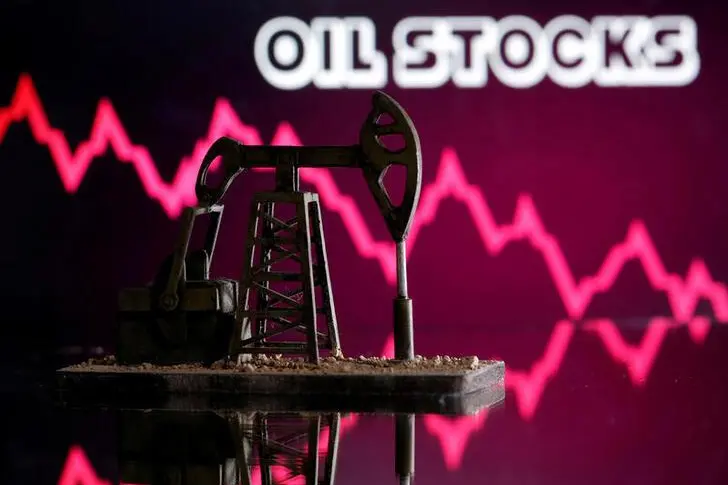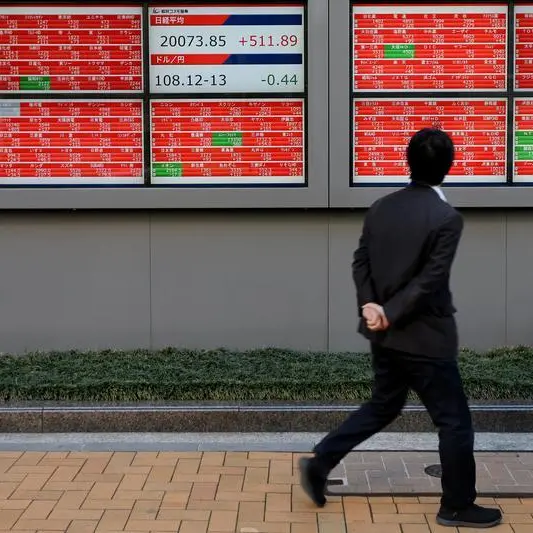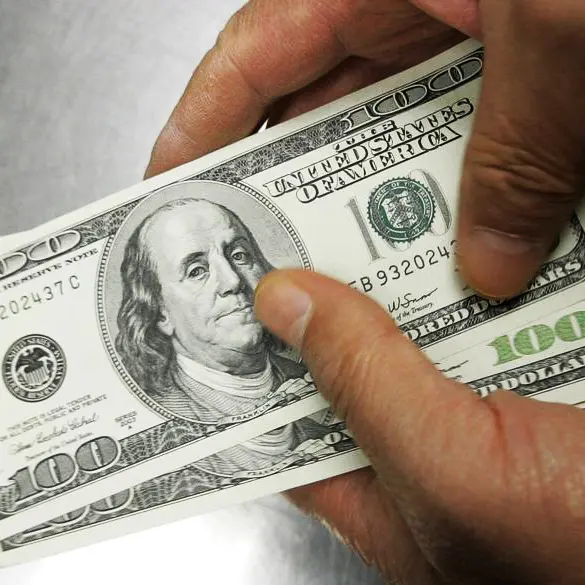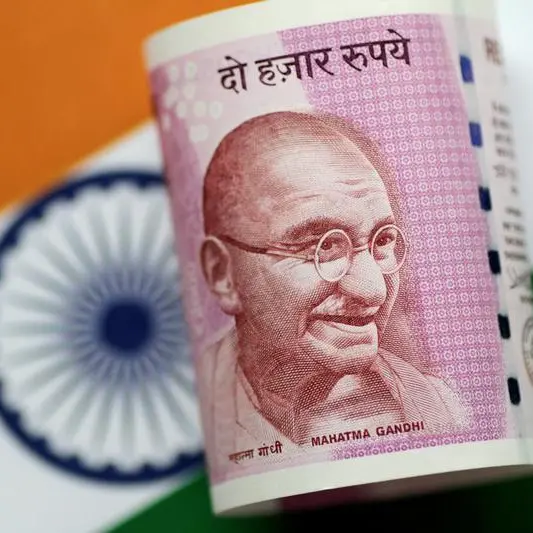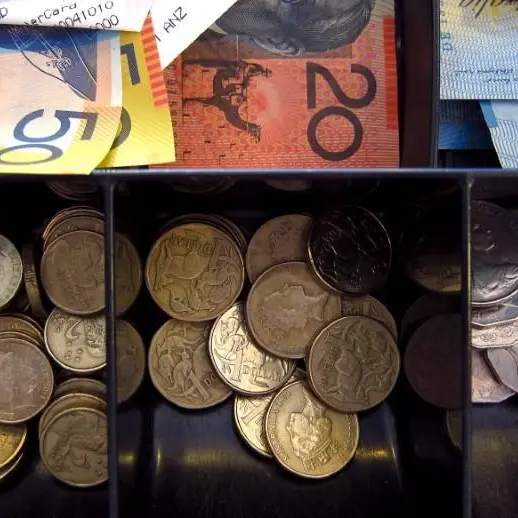PHOTO
Oil prices have risen for the fourth consecutive week and both West Texas Intermediate (WTI) and Brent have comfortably settled above the $70 per barrel mark.
WTI closed the week at $71.64 per barrel. The Brent crude price closed the week at $73.51 per barrel, its highest level since the end of October 2018. This means that prices have risen by around 40 percent since the beginning of 2021, and more than 70 percent from last year, even though air traffic and travel are not yet back to pre-pandemic levels. That is why most of the world’s banks expect prices to reach the $80 per barrel mark very soon, a jump of nearly 50 percent since the start of the year.
Breaching the $70 per barrel mark means that hedge funds boosted their positions to pre-pandemic levels, encouraged by signs of a rapidly recovering global economy and continued output restraint among US shale producers. For most of the first half of the year, $60-$70 was the price range for Brent crude. However, since early June, it has moved to the higher range of $70-$74 and is widely expected to remain in that range for the rest of the year. The tightness in the forward curve for oil futures continues giving more signs of supply tightness.
The steady rise in prices, with flat upward fluctuations, comes regardless of the possibility of Iranian oil flowing into the market in the near term. The physical oil market upswing also continues as demand is recovering faster than the supply. Despite these bullish developments, the US Energy Information Administration (EIA) continues to look bearish, while hedge funds, investors, and speculators are betting on higher prices because they believe global recovery is strong. However, though speculators are confident in buying oil futures, they are also considering the downside risks that are relatively limited to OPEC+ keeping supplies tight at a time of rising demand.
The EIA reported that US crude inventories fell sharply by 7.4 million barrels to 466.7 million barrels. This is the fourth consecutive weekly decline in US crude inventories amid higher refinery utilization rates, which rose to 92.6 percent, breaching the 90 percent mark for the first-time post-pandemic since early June.
• Faisal Faeq is an energy and oil marketing adviser. He was formerly with OPEC and Saudi Aramco. Twitter: @faisalfaeq
Copyright: Arab News © 2021 All rights reserved. Provided by SyndiGate Media Inc. (Syndigate.info).
